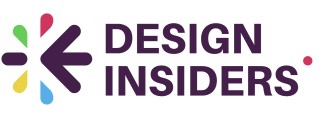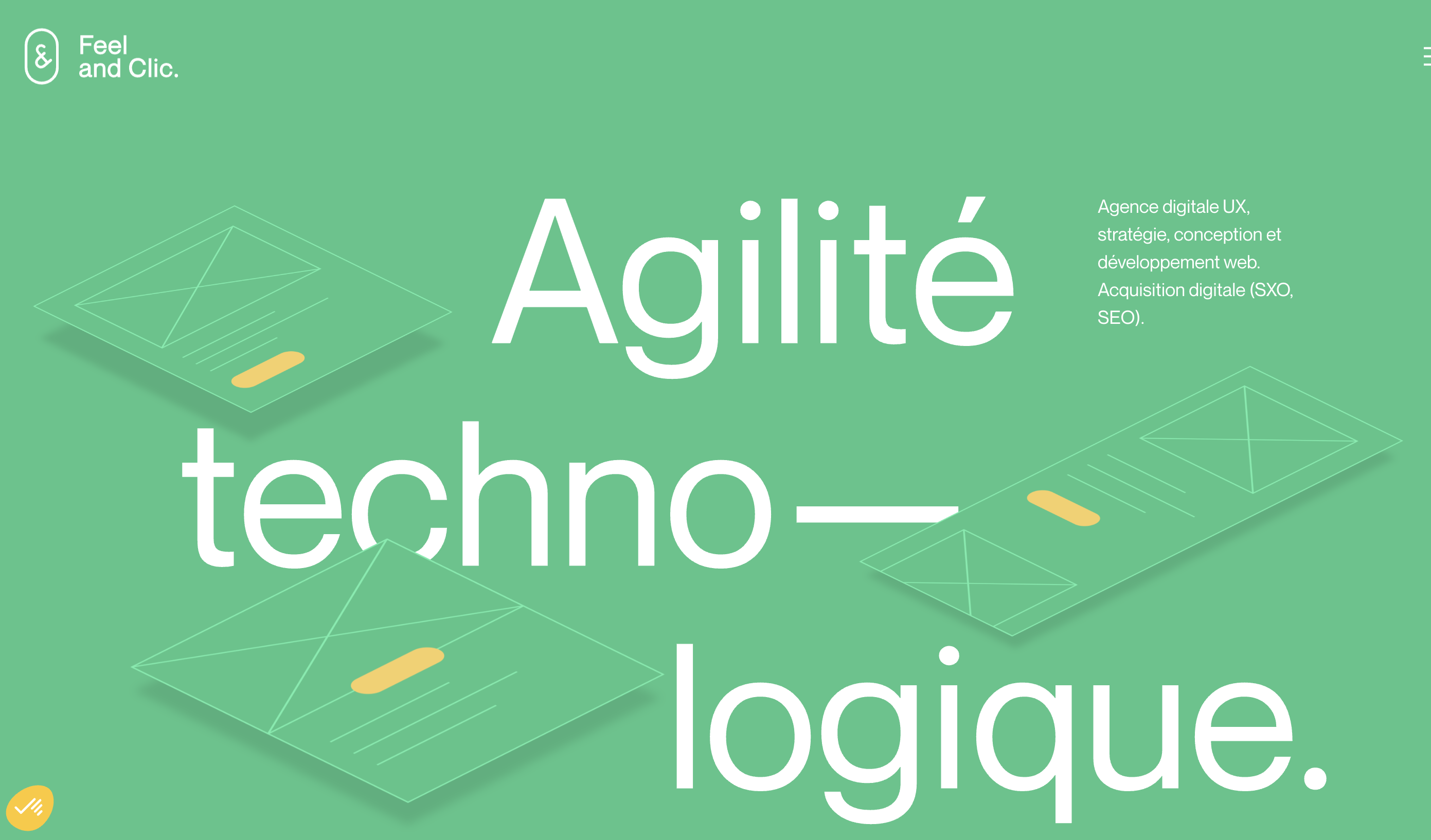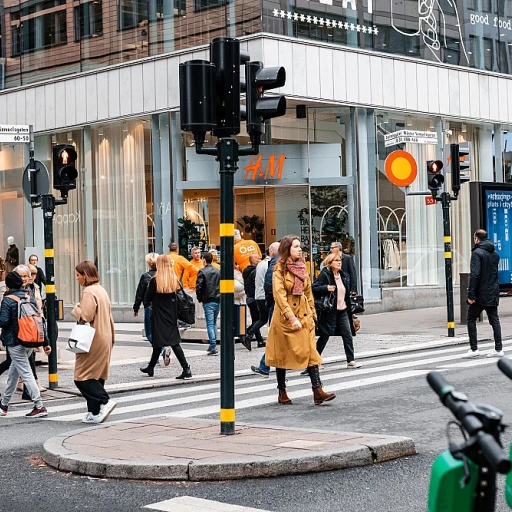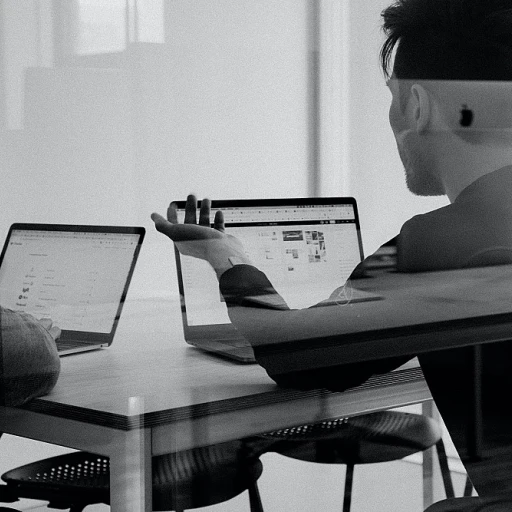Understanding Heat Mapping in Graphic Design
Unlocking the Mystery Behind Colorful Patterns
Understanding heat mapping in graphic design involves diving into a fascinating world where colors reveal what words often can't. These innovative maps are visual representations that capture users' interactions with a product—be it a web app, website, or any other form of digital art.
Heat maps utilize thermal patterns to exhibit data distortion against a gradient backdrop, typically using warm (reds) and cool (blues) colors to indicate varying levels of user focus. These patterns breathe life into analytical data, allowing designers to gain both a high-level view and a detailed perspective of user engagement.
As the aesthetic beauty of heat maps meets the practicality of data visualization, the result is an invaluable tool for design teams. With enhanced analytics, it's possible to see exactly where users gravitate. This way, designers can create more intuitive layouts and improve aspects of product design that could otherwise remain unnoticed.
Beyond just color and aesthetic appeal, it’s about analyzing real-time user behavior to enhance the user experience by refining design elements based on tangible evidence. Engaging with these maps allows designers to adapt and respond effectively.
For those interested in crafting their own user journeys through graphic design, exploring the transformative power of these thermal visuals can provide insights into creating more effective products. This approach to designing a comprehensive customer journey can lead to more impactful user experience strategies. For insights on this, check out how heat mapping can assist in
designing an insurance customer journey map.
In the subsequent sections, we will further explore the benefits that these data-driven maps offer designers, the available tools, and technologies that power them, and the future trends in heat mapping and graphic design.
Benefits of Using Heat Mapping for Designers
The Impact of Heat Mapping on Design
The incorporation of heatmaps in graphic design has garnered significant attention due to its profound impact on both design efficiency and user experience. By capitalizing on thermal data visualization, designers can now view user interactions in a completely new light.
- Enhanced Data Analysis: With design heatmaps, designers derive user interaction insights by examining how users engage with different elements of a web app or product design. This analysis has become an integral part of data visualization, offering a comprehensive view of user behavior.
- Aesthetic Optimization: Heat maps serve as a powerful tool not only for analyzing data but also for refining the aesthetic aspects of design. By understanding which areas grab the most user attention, design teams can strategically place visual elements to highlight engaging content, using color contrasts to captivate users effectively.
- Improved User Experience: With the ability to map data visually, designers can anticipate user needs and adjust interfaces accordingly, ensuring smoother navigation. This proactive approach to user experience design promotes greater engagement and retention.
- Effective Collaboration: Sharing heatmap data with team members enhances collaborative efforts in design illustration and product strategy meetings. This shared knowledge fosters a unified approach to optimizing interfaces for user-centric outcomes.
Incorporating heatmapping in graphic design is not merely about mapping data but significantly about reshaping product design with precision. To further explore how agile methods intertwine with user experience design, engage with our insights on
enhancing user experience with agile design.
Exploring Tools and Technologies for Effective Heat Mapping
Incorporating heat mapping into graphic design requires the right set of tools and technologies. These tools help in capturing user interactions and visualizing data to enhance the user experience. Here's a look at some of the most popular tools available:
- Click Maps: These tools are essential for understanding where users are clicking on a web page. By visualizing this data, designers can optimize layouts and improve the overall design heatmap.
- Thermal Analytics: This technology provides insights into how users interact with a design. It uses thermal maps to show areas of high and low engagement, helping designers focus on key elements.
- Data Visualization Software: These tools offer a comprehensive view of user interactions by transforming complex data into easy-to-understand visuals. They are crucial for data analysis and improving the aesthetic of graphic design.
- Web App Integrations: Many heat mapping tools integrate seamlessly with web design platforms, allowing for real-time data visualization and analysis. This integration is vital for teams looking to enhance user experience through responsive design.
Using these technologies, designers can create a more engaging and user-friendly interface. By analyzing user behavior through heat maps, teams can identify areas for improvement and make informed decisions. For more insights into how responsive design plays a crucial role in this process, visit Responsive Design: A Key Factor in Web and Mobile Adaptability.
Analyzing User Behavior with Heat Maps
Deciphering User Behavior with Heat Maps
Understanding user behavior is a pivotal aspect of creating an effective and user-friendly design. Heat maps serve as a powerful tool in this endeavor, providing designers with visual representations of user interactions within a graphic interface. Utilizing various kinds of maps, such as click maps and scroll heatmaps, teams can glean insights into user engagement.
Heatmapping bridges the gap between aesthetic appeal and functionality in web design by offering data-driven insights. It allows for a detailed view into how users navigate a website, enabling an enhanced focus on user experience. By visualizing areas with the most interaction through data visualization, teams can ensure that crucial elements aren't overlooked in the overall design illustration.
In the art of graphic design, analyzing patterns on a heatmap reveals which design elements catch user attention and which are ignored. This analysis aids in refining user interface elements, optimizing product design, and adjusting the thermal composition of a layout.
With the integration of color and map data analytics, designers can prioritize adjustments that enhance interaction, such as relocating critical call-to-action buttons according to analytics derived from bronze and silver badges, thereby acknowledging user preferences and minimizing friction in user experience.
Incorporating insights from heatmap analysis into a design improves answer accuracy when evaluating the usability of web apps. The ability to share, improve, and add comment based on data-backed decisions reinforces the significance of using these analytics in professional design processes.
Case Studies: Successful Implementation of Heat Mapping
Real-world Applications of Heat Mapping in Design
In the dynamic field of graphic design, heat mapping is a tool that transcends theoretical applications, demonstrating profound practical value. By visualizing data in a manner that highlights user interaction, graphic designers have leveraged heat maps to refine aesthetic choices, optimize user experience, and ultimately enhance the efficacy of their designs.
One notable application is in web design, where heatmaps play a crucial role in pinpointing areas of user engagement. For example, a web app design team may utilize click maps generated from heat maps to understand which elements users interact with most frequently, such as buttons or links. The insight gained guides the placement of call-to-actions, enhancing web navigation.
Furthermore, heat maps assist in the art of balancing visual elements, combining color and layout to direct user attention seamlessly. This is evident in the careful calibration of design heatmaps to ensure that important information attracts more attention, allowing users to view the art and functionality of a site intuitively.
Beyond just visualization, the integration of heatmaps in data analysis provides designers with analytics that inform decision-making processes. By analyzing data from heat maps, designers can optimize layout decisions and improve user experience inline with real user behavior rather than hypotheses.
In the realm of e-commerce, successful implementations of heat mapping include the strategic placement of badges, such as bronze and silver badges, that lead to increased engagement and conversion by highlighting key product features. The data visualization techniques employed here improve answer rates to user inquiries and facilitate smoother navigation through product offerings.
These instances underscore the value of heat mapping not just as a static tool, but as a dynamic instrument that adapts to enhance both the user's interaction and the overall product design. As designers continue to integrate these data-driven insights into their processes, the potential for heat mapping within graphic design remains expansive and promising.
Future Trends in Heat Mapping and Graphic Design
The Evolution of User Interaction through Heat Mapping
As designers continue to leverage the insights gained from heat mapping, the trajectory for graphic design is set on a path of evolution and innovation. With user behaviors captured through comprehensive heat maps, the future of design will undoubtedly become more user-centric and refined.
One can expect to see enhanced
data visualization methods that incorporate dynamic and interactive elements, providing users with a more engaging experience. This evolution will be driven by an increased emphasis on
thermal analytics, allowing design teams to uncover not only where users are clicking but why they are engaging with specific elements.
The aesthetic aspect of design will also witness a transformation. As new insights emerge from the analysis of
click maps and
bronze badges, designers will gain a deeper understanding of
color preferences and how differing shades impact user emotions and actions. This will lead to more refined and purposeful
color schemes that can enhance the overall
user experience.
Integrating
heatmap data with
web app analytics tools will become a standard practice. Such integration will enable designers to create a holistic view of user interactions, leading to informed
product design decisions based on comprehensive metrics and trends.
Design illustration enhancements also stand to benefit significantly. As teams unlock more granular insights, the alignment between users' needs and the designs they interact with will become more seamless. This will not only lead to fulfilling user interactions but also enhance the performance of the digital products.
Lastly,
future trends in heat mapping will likely include advancements in
real-time data analysis and
visualization technologies. These innovations will empower designers to stay ahead of user expectations, allowing them to
better predict behaviors and adjust designs accordingly. As the landscape of graphic design shifts, standing at the forefront of these trends will be crucial for any design team looking to improve user satisfaction and product success.










